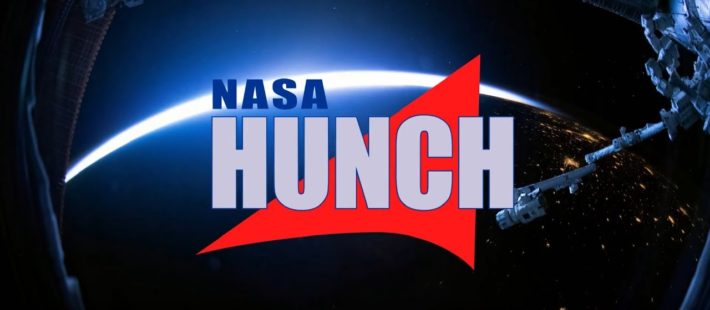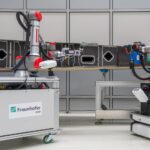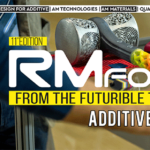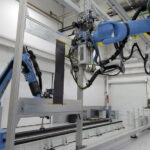NASA’s HUNCH (High school students United with NASA to Create Hardware) is a program for High school students and its mission is to empower and inspire them through a Project-Based Learning program. High school students learn 21st-century skills and have the opportunity to launch their careers through participation in the design and fabrication of real-world valued products for NASA.
The fields involved are:
- Design & Prototyping
- Software
- Hardware
- Sewn Flight articles
- Video & Media
- Culinary arts
“I think programs like HUNCH are vital to open minds and opportunities to youth around the country. I know it was an important part in my life that definitely sparked my interest, and has even affected my college and career paths… I am so thankful for that first step in HUNCH to help bring me to where I am today.”
Ayla Grandpre, Computer Science and Chemistry Major, Rocky Mountain College
Requirements to participate
Schools that want to participate must meet a set of qualifications and must have qualified teachers in the areas of interest of the program. Once they get into the program, the schools make a deal with NASA called Space Act Agreement in which NASA provides expertise and guidance to further engage students with the design and fabrication of the products.
Whitney Young, HUNCH Space Act Agreements manager at NASA’s Marshall Space Flight Center
“The astronauts will put in requests for things that they need on the space station, and essentially it is a wish list that gets cast out to school systems.”
Dade County Middle School in Trenton, Georgia
Students at Dade County Middle School in Trenton took part in the program. They are applying the school’s Stratasys Fortus 450mc and high-performance ULTEM filament and thanks to these two elements they are creating flight-ready super-strength carbon fiber elements for NASA, the International Space Station, and other future space projects.
Bob Zeek, Co-founder of HUNCH commenting on the project
“This is a one-of-a-kind experience for the students in Dade County to kick-start their careers and interact with a piece of NASA. Empowering and inspiring the next generation of students is the key mission for the NASA HUNCH Program and will certainly ring true in Trenton this year. You never know, one of those students just might be the next NASA astronaut, engineer, or scientist.”
“By having the opportunity to be a part of the HUNCH program as a student, I was able to showcase my growing skills as a drafter and design engineer, and eventually end up working for HUNCH as a staff member… Without HUNCH, I would not have been able to foster and grow a creative, problem-solving side of myself, thus hindering me from propelling myself above my peers in my preparedness for entering the industry.”
Logan Sammons, Electrical Engineering Major, University of Houston
 |
SUBSCRIBE NOW
|
Source: Composites Manufacturing














